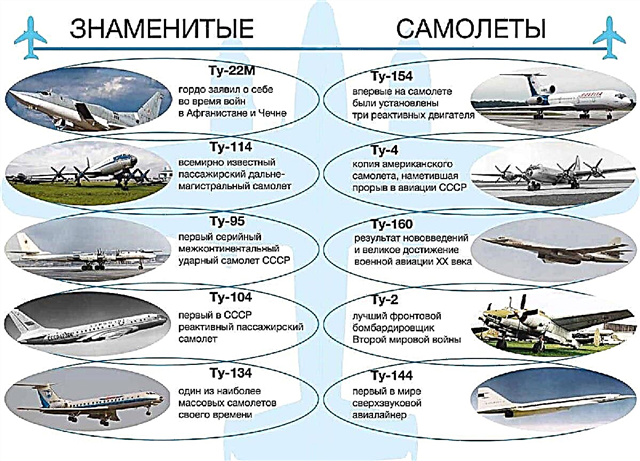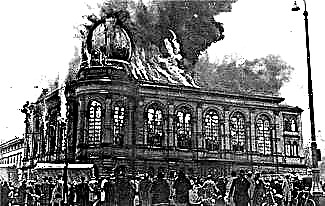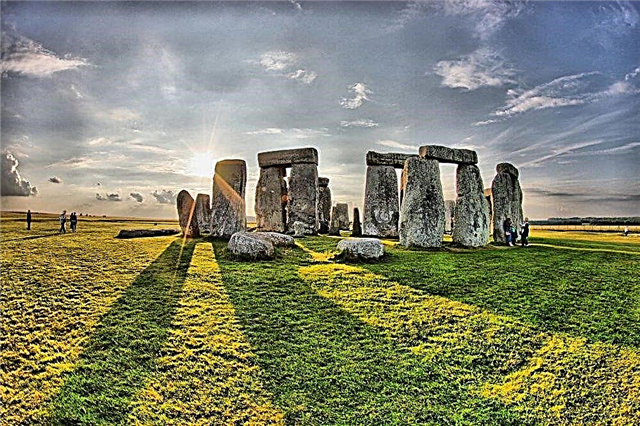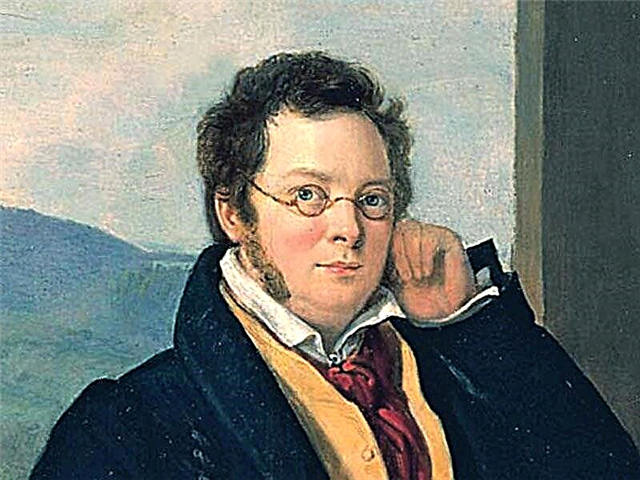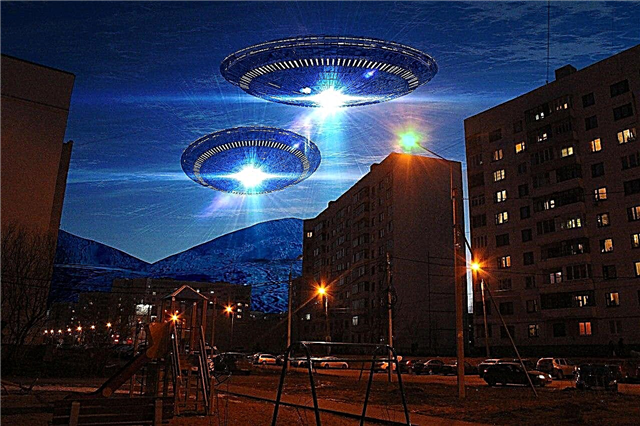When listing the historical sights of Siberia, the Tobolsk Kremlin is always mentioned first. This is the only building of this scale that has survived since the 17th century, and the only Kremlin built of stone in the Siberian regions rich in wood. Today the Kremlin is open to the public as a museum, where believers, ordinary citizens of the city and guests of the region come at any time. In addition to the museum, there is a theological seminary and the residence of the Tobolsk metropolitan.
History of the construction of the Tobolsk Kremlin
The city of Tobolsk, which appeared in 1567, during its existence became both the capital of Siberia and the center of the Tobolsk province, the largest in Russia. And Tobolsk began with a small wooden fort, built on the Troitsky Cape, on the steep bank of the Irtysh.
Initially, the material for it was the boards of rowing ships, on which Yermak's Cossacks sailed. A century later, the boom of Siberian construction with the use of stone began. Bricklayers Sharypin and Tyutin with their apprentices, who came from Moscow, by 1686 built the Sophia-Assumption Cathedral on the territory of the old prison, gradually the Bishops' House, Trinity Cathedral, the bell tower, the Church of St. Sergius of Radonezh and secular capital structures (Gostiny Dvor and Prikaznaya chamber according to the project of the cartographer Remezov).
Some of them have already been destroyed and remained only in memories and sketches. The entire Kremlin land was surrounded by an extended wall (4 m - height and 620 m - length), laid out of stone, part of which dangerously approached the edge of Troitsky Cape.
Under Prince Gagarin, the very first governor of the Siberian province, they began to build the Dmitrievsky triumphal gate with a tower and a chapel. But after the ban on the construction of stone and the arrest of the prince in 1718, the tower remained unfinished, began to be used as a warehouse and was named Renterey.
At the end of the 18th century, the architect Guchev developed changes in the design of the city, according to which the Tobolsk Kremlin was to become a center open to the public. For this, they began to destroy the walls and towers of the fortress, built a multi-tiered bell tower - this was the end of the plans. The new century brought new trends: in the 19th century, a prison for exiled convicts appeared inside the Kremlin architectural ensemble.
Kremlin sights
St. Sophia Cathedral - a functioning Orthodox church in the Tobolsk Kremlin and its main attraction. It is with this cathedral that everyone begins to describe the Kremlin. Built in the 1680s on the model of the Ascension Cathedral in Moscow. Fully consistent with the idea, the cathedral still remains the heart and soul of the entire Kremlin ensemble. In Soviet times, the temple was used as a warehouse, but in 1961 it was included in the Tobolsk Museum-Reserve. In 1989, the restored St. Sophia Cathedral was returned to the Church.

Intercession Cathedral - the main temple for pupils of the theological seminary. In 1746 it was built as an auxiliary church for the St. Sophia Cathedral. The Church of the Intercession was warm, so services were held in it in any weather, especially often in cold months, since it was cold in the main cathedral not only in winter, but also most of the year.
Seating yard - an inn with shops, built in 1708 for visiting merchants and pilgrims. It also housed customs, warehouses for goods and a chapel. In the courtyard of the hotel, which was at the same time a large exchange center, deals were made between merchants, and goods were exchanged. The second floor of the renovated hotel can accommodate up to 22 people today, and on the first floor, as in the past centuries, there are souvenir shops.
The two-storey building with corner towers combines elements of Russian and Eastern architecture. The rooms and corridors of the building are stylized in antique style, but for the convenience of the guests, shower rooms with bathrooms are built into each room. In Gostiny Dvor, after restoration in 2008, not only hotel rooms, but also workshops of Siberian craftsmen, as well as a museum of trade in Siberia found their place.
Governor's palace - a three-storey office building built of stone in 1782 on the site of the old Prikaznaya Chamber. In 1788 the palace burned down, it was restored only in 1831. The new building housed the prosecutor's office, the treasury, and also the treasury chamber and the provincial council. In 2009, the Governor's Palace was opened as a museum of the history of Siberia.


Pryamskaya Vzvoz - a staircase leading from the base of the Troitsky Cape to the Tobolsk Kremlin. Since the 1670s, a wooden staircase was installed on a 400 m long rise, later it began to be covered with stone steps, and the upper part had to be strengthened to prevent destruction. Today the staircase with 198 steps is surrounded by wooden railings, and on the territory of the Kremlin - retaining walls.
The thickness of the brick walls is about 3 m, the height is up to 13 m, the length is 180 m. In addition to preventing landslides, the vzvoz serves as a viewing platform. Moving up, a view of the majestic Kremlin opens, and when moving down, a panorama of the city's Lower Posad is visible.
Rentereya - now the museum's depository, where exhibitions are shown only by appointment. The storage building was built in 1718 as part of the Dmitrievsky gate. Here the sovereign's treasury was kept, and rent, a rent collected from fur skins, was brought into these spacious chambers from all over Siberia. This is how the name Renterey appeared. Today the following collections are presented here: archaeological, ethnographic, natural science.
Prison castle - a former transit prison, built in 1855. Over the years, the writer Korolenko, the critic Chernyshevsky, visited it as prisoners. Today the building houses a museum of prison life. Those who wish to touch the atmosphere of prison cells stay for the night in the “Prisoner” hostel, in uncomfortable cheap rooms. In order to attract clients to the Tobolsk Kremlin, from time to time, not only excursions, but also thematic quests are arranged in the castle.


Helpful information
Museum opening hours: from 10:00 to 18:00.
How to get to the Tobolsk Kremlin? The architectural monument is located at: Tobolsk, Red Square 1. Many public transport routes pass by this significant place. You can also get there by taxi or private car.
Interesting Facts:
- A photograph of the Tobolsk Kremlin, taken by Dmitry Medvedev, was sold at an auction in 2016 for 51 million rubles.
- Not only guilty people were exiled to Tobolsk. In 1592, the Uglich bell arrived in the Kremlin for exile, which was blamed for the alarm on the murdered Tsarevich Dimitri. Shuisky ordered to execute the bell, cutting off its "tongue and ear", and send it away from the capital. Under the Romanovs, the bell was returned to its homeland, and a copy of it was hung on the Tobolsk bell tower.

We advise you to look at the Izmailovsky Kremlin.
The entrance to the Kremlin is free, you can take photos freely. For excursions to museums, you need to buy entrance tickets, while the prices are low. There are guided tours, both individual and group organized, which must be agreed with the administration in advance.




